Why Did Hitler Hate Jewish people is a complex question deeply rooted in historical anti-Semitism, political opportunism, and a twisted ideology of racial supremacy. At WHY.EDU.VN, we delve into this disturbing aspect of history to provide a comprehensive understanding of the motivations behind Hitler’s hatred, examining the cultural, economic, and political factors that fueled his animosity. Explore the origins of his prejudice, the consequences of his actions, and the lessons we can learn from this dark chapter in human history, including historical context, political maneuvering, and racial ideology.
1. Historical Context: The Roots of Anti-Semitism
Anti-Semitism, the hostility towards or discrimination against Jewish people, predates the rise of Adolf Hitler by centuries. To understand why Hitler harbored such intense hatred, it is crucial to examine the historical context of anti-Semitism in Europe.
1.1 Religious Anti-Semitism in the Middle Ages
In the Middle Ages, Jewish people were often scapegoated for various societal problems.
| Reason | Description |
|---|---|
| Deicide Accusation | Based on interpretations of the New Testament, some Christians blamed Jewish people for the death of Jesus Christ. This accusation, known as deicide, fueled centuries of animosity. |
| Economic Restrictions | Jewish people were often barred from owning land or joining guilds, leading them to engage in moneylending, a profession forbidden to Christians. This economic role led to stereotypes of Jewish people as greedy and exploitative. |
| Blood Libel | The false accusation that Jewish people used the blood of Christians in ritual practices. This baseless claim incited violence against Jewish communities. |
| Forced Conversions and Expulsions | Jewish people were often forced to convert to Christianity or face expulsion from European countries. These events created a climate of fear and insecurity for Jewish communities. |
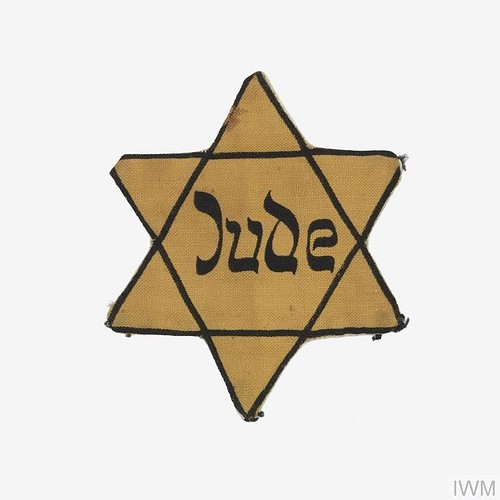
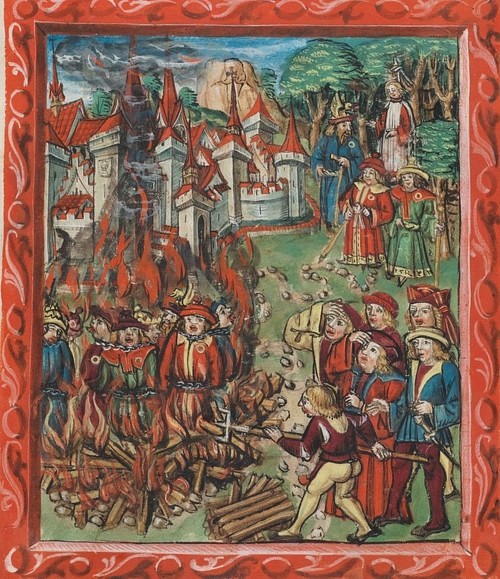
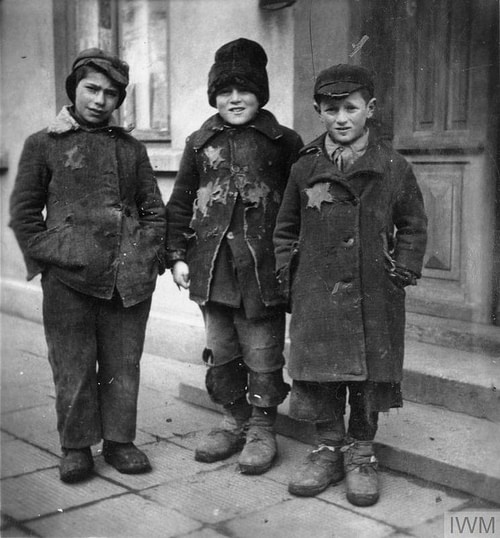
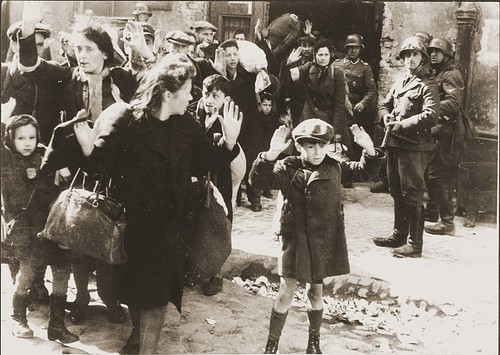
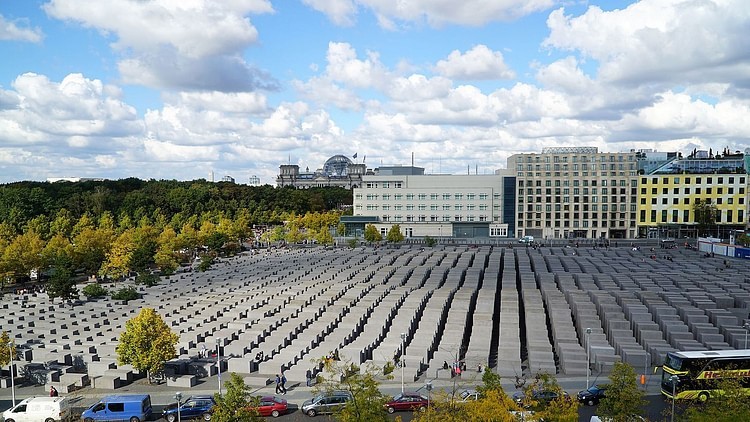
The combination of these factors created a deeply ingrained prejudice against Jewish people that persisted for centuries.
1.2 Secular Anti-Semitism in the 19th Century
In the 19th century, with the rise of nationalism and secularism, anti-Semitism evolved from a primarily religious phenomenon to a more secular and racial ideology.
| Reason | Description |
|---|---|
| Nationalism | As nation-states emerged, Jewish people were often seen as outsiders who were not fully integrated into the national community. Their perceived loyalty to a global Jewish community was viewed with suspicion. |
| Social Darwinism | The application of Darwinian theories of evolution to human society led to the belief that some races were superior to others. Jewish people were often portrayed as a biologically inferior race. |
| Economic Competition | With increasing industrialization and urbanization, Jewish people, who were often successful in business and finance, faced resentment from those who felt threatened by their economic success. |
| Conspiracy Theories | The “Protocols of the Elders of Zion,” a fabricated text purporting to reveal a Jewish plan for world domination, gained widespread circulation and fueled anti-Semitic conspiracy theories. |
These factors contributed to a new wave of anti-Semitism that was more focused on race and national identity than on religious differences.
2. Hitler’s Personal Beliefs and Ideology
Adolf Hitler’s personal anti-Semitism was a central tenet of his worldview and political ideology. His hatred of Jewish people was not merely a political tool but a deeply held conviction that shaped his actions and policies.
2.1 Early Influences and Exposure
Hitler’s anti-Semitic views were likely shaped by his experiences in Vienna in the early 20th century. Vienna was a hotbed of anti-Semitism, with various political movements and publications promoting hatred of Jewish people.
| Influence | Description |
|---|---|
| Political Movements | Hitler was exposed to the anti-Semitic rhetoric of politicians like Karl Lueger, the mayor of Vienna, who used anti-Semitism to gain popular support. |
| Anti-Semitic Press | Hitler read anti-Semitic newspapers and pamphlets that promoted conspiracy theories and stereotypes about Jewish people. |
| Economic Resentment | Hitler may have felt resentment towards Jewish people who were successful in business and finance, particularly as he struggled to make a living as an artist in Vienna. |
These early influences likely contributed to the development of Hitler’s anti-Semitic beliefs.
2.2 The Development of Hitler’s Racial Ideology
During and after World War I, Hitler solidified his racial ideology, which placed the “Aryan race” at the top of the hierarchy and Jewish people at the bottom.
| Concept | Description |
|---|---|
| Aryan Supremacy | Hitler believed that the “Aryan race,” which he associated with Germanic peoples, was superior to all other races and destined to rule the world. |
| Jewish Inferiority | Hitler viewed Jewish people as an inferior race that was a threat to the purity and strength of the Aryan race. He believed that Jewish people were responsible for many of the world’s problems, including capitalism, communism, and cultural decay. |
| Racial Purity | Hitler was obsessed with maintaining the racial purity of the Aryan race. He believed that intermarriage between Aryans and other races, particularly Jewish people, would weaken the Aryan race and lead to its downfall. |
These racial beliefs formed the foundation of Hitler’s anti-Semitic policies.
2.3 Hitler’s Writings and Speeches
Hitler expressed his anti-Semitic views in his writings and speeches, which were widely disseminated throughout Germany and beyond.
| Work | Description |
|---|---|
| Mein Kampf | In his autobiographical manifesto, “Mein Kampf,” Hitler outlined his racial ideology and his plans for the extermination of Jewish people. He portrayed Jewish people as a parasitic race that was undermining German society. |
| Public Speeches | Hitler’s speeches were filled with anti-Semitic rhetoric and conspiracy theories. He blamed Jewish people for Germany’s defeat in World War I, the economic crisis of the 1920s, and the spread of communism. His speeches were designed to incite hatred and violence against Jewish people. |
These writings and speeches played a crucial role in spreading anti-Semitism and preparing the German population for the persecution and eventual genocide of Jewish people.
3. Political and Economic Factors
Hitler’s anti-Semitism was not solely based on personal beliefs and ideology. He also used anti-Semitism as a political tool to gain power and consolidate his rule.
3.1 Scapegoating and Propaganda
Hitler and the Nazi Party used Jewish people as scapegoats for Germany’s problems. They blamed Jewish people for the country’s economic woes, its defeat in World War I, and the perceived moral decay of German society.
| Tactic | Description |
|---|---|
| Economic Problems | The Nazis blamed Jewish people for the hyperinflation of the 1920s and the Great Depression of the 1930s. They accused Jewish bankers and businessmen of exploiting the German people. |
| World War I Defeat | The Nazis claimed that Jewish people had undermined the German war effort by promoting pacifism and undermining morale. They accused Jewish people of being traitors to the German nation. |
| Moral Decay | The Nazis portrayed Jewish people as a corrupting influence on German culture and morality. They accused Jewish people of promoting pornography, decadence, and other forms of moral decay. |
This scapegoating was facilitated by a sophisticated propaganda machine that disseminated anti-Semitic messages through newspapers, radio, and film.
3.2 Consolidating Power
By demonizing Jewish people, Hitler was able to unite the German population against a common enemy and consolidate his power.
| Strategy | Description |
|---|---|
| Creating Unity | By targeting Jewish people, Hitler was able to create a sense of national unity among Germans who might otherwise have been divided by class, religion, or political affiliation. |
| Suppressing Opposition | The persecution of Jewish people served as a warning to anyone who might oppose Hitler’s regime. Those who spoke out against the Nazis or expressed sympathy for Jewish people risked arrest, imprisonment, or even death. |
3.3 Economic Opportunities
The persecution of Jewish people also provided economic opportunities for Germans who were willing to seize the assets and businesses that were confiscated from Jewish families.
| Action | Description |
|---|---|
| Confiscation of Assets | The Nazis confiscated Jewish property, businesses, and savings. This wealth was used to fund the Nazi regime and to reward loyal supporters. |
| Job Opportunities | As Jewish people were removed from their jobs, new opportunities were created for non-Jewish Germans. This helped to reduce unemployment and to gain support for the Nazi regime. |
These economic factors played a significant role in the widespread support for Hitler’s anti-Semitic policies.
4. The Escalation of Persecution: From Discrimination to Genocide
Hitler’s hatred of Jewish people did not remain confined to words. It translated into a series of increasingly brutal policies that culminated in the Holocaust, the systematic genocide of approximately six million Jewish people.
4.1 Early Discriminatory Measures
In the early years of the Nazi regime, Jewish people were subjected to a series of discriminatory measures designed to isolate them from German society.
| Law or Policy | Description |
|---|---|
| Nuremberg Laws | These laws, passed in 1935, stripped Jewish people of their German citizenship and prohibited marriage and sexual relations between Jewish and non-Jewish people. |
| Economic Boycotts | Jewish businesses were boycotted, and Jewish people were banned from certain professions, such as medicine and law. |
| Segregation | Jewish children were expelled from public schools, and Jewish people were excluded from public places, such as parks and theaters. |
These measures created a climate of fear and intimidation for Jewish people in Germany.
4.2 Kristallnacht: The Night of Broken Glass
In November 1938, the Nazis organized a nationwide pogrom against Jewish people, known as Kristallnacht, or the Night of Broken Glass.
| Event | Description |
|---|---|
| Synagogue Burnings | Synagogues were burned, Jewish businesses were looted, and Jewish homes were vandalized. |
| Arrests and Imprisonment | Thousands of Jewish people were arrested and sent to concentration camps. |
| Violence and Murder | At least 91 Jewish people were killed during the pogrom. |
Kristallnacht marked a significant escalation in the persecution of Jewish people and foreshadowed the horrors to come.
4.3 The “Final Solution”: The Holocaust
During World War II, the Nazis implemented the “Final Solution,” a plan to exterminate all Jewish people in Europe.
| Method | Description |
|---|---|
| Ghettos | Jewish people were forced into overcrowded ghettos in cities throughout Eastern Europe. These ghettos were characterized by starvation, disease, and violence. |
| Einsatzgruppen | Mobile killing squads, known as Einsatzgruppen, murdered Jewish people in mass shootings in the occupied territories of Eastern Europe. |
| Concentration Camps | Jewish people were deported to concentration camps, where they were subjected to forced labor, starvation, and medical experiments. Millions of Jewish people died in these camps. |
| Extermination Camps | Extermination camps, such as Auschwitz-Birkenau, were built specifically for the purpose of mass murder. Jewish people were gassed, shot, or worked to death in these camps. |
The Holocaust was one of the most horrific events in human history, a testament to the dangers of hatred, prejudice, and intolerance.
5. The Legacy of Hitler’s Hatred and the Holocaust
The Holocaust has had a profound and lasting impact on the world. It serves as a reminder of the dangers of unchecked hatred and the importance of fighting against all forms of discrimination and intolerance.
5.1 The Importance of Remembrance
It is essential to remember the victims of the Holocaust and to learn from this tragic chapter in history.
| Aspect | Description |
|---|---|
| Holocaust Education | Holocaust education is crucial to ensure that future generations understand the dangers of anti-Semitism and other forms of prejudice. |
| Memorials and Museums | Holocaust memorials and museums serve as a reminder of the victims of the Holocaust and as a warning against the dangers of hatred and intolerance. |
| Survivor Testimonies | Survivor testimonies provide a powerful and personal account of the Holocaust and help to ensure that the stories of the victims are never forgotten. |
By remembering the Holocaust, we can honor the victims and work to prevent such atrocities from happening again.
5.2 The Fight Against Anti-Semitism Today
Anti-Semitism is still a problem in the world today. It is essential to fight against all forms of anti-Semitism and to promote tolerance and understanding between different groups.
| Action | Description |
|---|---|
| Combating Hate Speech | Hate speech, including anti-Semitic rhetoric, should be condemned and countered. |
| Promoting Tolerance | Education and dialogue can help to promote tolerance and understanding between different groups. |
| Supporting Human Rights | Supporting human rights for all people, regardless of their race, religion, or ethnicity, is essential to prevent discrimination and violence. |
5.3 Lessons for the Future
The Holocaust provides important lessons for the future. It teaches us about the dangers of unchecked power, the importance of critical thinking, and the need to stand up against injustice.
| Lesson | Description |
|---|---|
| Vigilance | We must be vigilant against the rise of extremism and intolerance. |
| Critical Thinking | We must be critical of propaganda and misinformation and be willing to challenge authority. |
| Standing Up for Others | We must be willing to stand up for others who are being persecuted or discriminated against. |
By learning from the Holocaust, we can build a more just and peaceful world.
Hitler’s hatred of Jewish people was a complex phenomenon with deep historical, ideological, political, and economic roots. His anti-Semitism led to the Holocaust, one of the most horrific events in human history. It is essential to remember the Holocaust, to fight against anti-Semitism today, and to learn from the past to build a better future.
Do you have questions about history, or need clarification on complex topics? Visit WHY.EDU.VN today. Our team of experts is ready to provide you with accurate, reliable, and insightful answers. Contact us at 101 Curiosity Lane, Answer Town, CA 90210, United States. Whatsapp: +1 (213) 555-0101. Website: why.edu.vn.
FAQ: Understanding Hitler’s Anti-Semitism
- What is anti-Semitism? Anti-Semitism is hostility to, prejudice towards, or discrimination against Jewish people. It has a long history, predating the Nazi era by centuries.
- How did religious anti-Semitism contribute to Hitler’s hatred? Religious anti-Semitism, rooted in the Middle Ages, blamed Jewish people for the death of Jesus Christ and perpetuated stereotypes of Jewish people as greedy and exploitative.
- What role did racial ideology play in Hitler’s anti-Semitism? Hitler believed in the superiority of the “Aryan race” and viewed Jewish people as an inferior race that threatened the purity and strength of the Aryan race.
- How did Hitler use anti-Semitism as a political tool? Hitler used Jewish people as scapegoats for Germany’s problems, blaming them for the country’s economic woes, its defeat in World War I, and the perceived moral decay of German society.
- What were the Nuremberg Laws? The Nuremberg Laws, passed in 1935, stripped Jewish people of their German citizenship and prohibited marriage and sexual relations between Jewish and non-Jewish people.
- What was Kristallnacht? Kristallnacht, or the Night of Broken Glass, was a nationwide pogrom against Jewish people in November 1938, during which synagogues were burned, Jewish businesses were looted, and Jewish homes were vandalized.
- What was the “Final Solution”? The “Final Solution” was the Nazi plan to exterminate all Jewish people in Europe, resulting in the Holocaust.
- How many Jewish people were killed in the Holocaust? Approximately six million Jewish people were killed in the Holocaust.
- What is the legacy of the Holocaust? The Holocaust serves as a reminder of the dangers of unchecked hatred and the importance of fighting against all forms of discrimination and intolerance.
- Is anti-Semitism still a problem today? Yes, anti-Semitism is still a problem in the world today. It is essential to fight against all forms of anti-Semitism and to promote tolerance and understanding between different groups.
